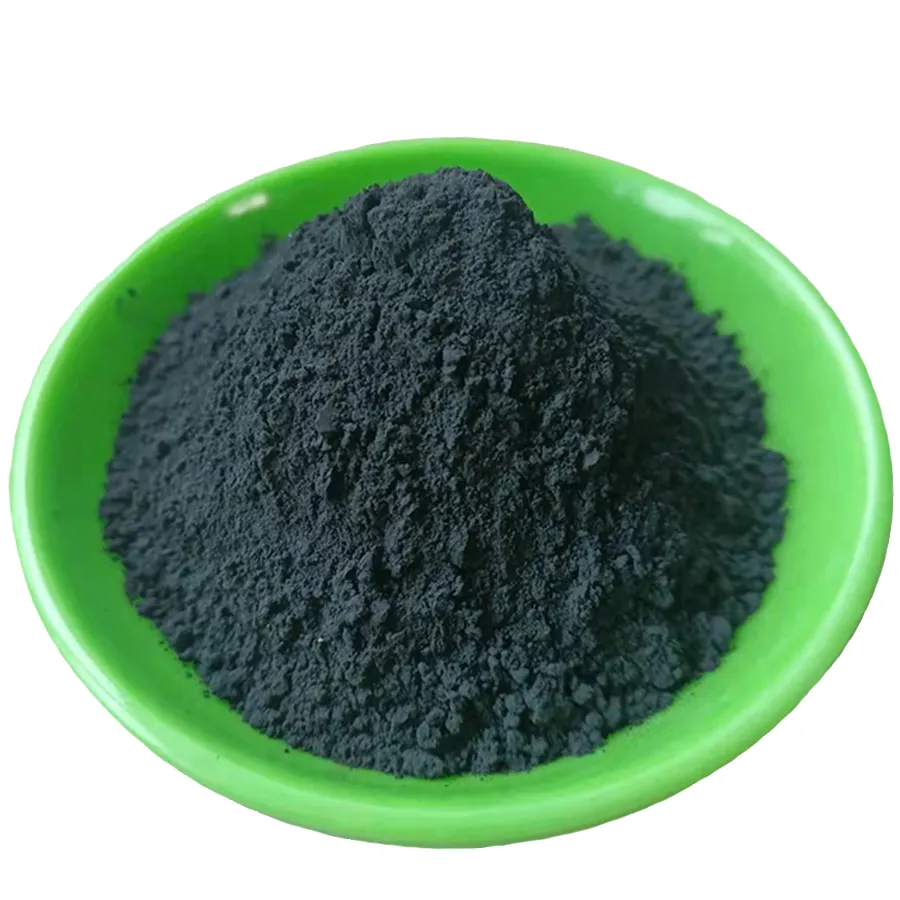
- Afrikaans
- Albanian
- Arabic
- Belarusian
- Bengali
- Czech
- Danish
- Dutch
- English
- Finnish
- French
- Galician
- German
- Greek
- Hebrew
- Hungarian
- Indonesian
- irish
- Italian
- Japanese
- Javanese
- kazakh
- Khmer
- Rwandese
- Korean
- Kyrgyz
- Lao
- Latin
- Latvian
- Lithuanian
- Malay
- Maltese
- Mongolian
- Myanmar
- Norwegian
- Persian
- Polish
- Portuguese
- Romanian
- Russian
- Serbian
- Slovak
- Spanish
- Swedish
- Tagalog
- Thai
- Turkish
- Ukrainian
- Vietnamese
- Welsh
- Understanding the Fundamentals of Expandable Graphite
- Technical Advantages Over Conventional Materials
- Performance Comparison: Leading Manufacturers Analyzed
- Customized Solutions for Industry-Specific Requirements
- Real-World Applications Across Multiple Sectors
- Environmental Impact and Sustainability Metrics
- Future Prospects for Expandable Graphite Innovation

(expandable graphite)
Understanding the Fundamentals of Expandable Graphite
Expandable graphite originates from raw graphite ore subjected to chemical intercalation. When heated rapidly above 300°C, this inorganic graphite compound expands up to 300 times its original volume. The expansion mechanism creates vermiform structures with exceptional thermal resistance and adsorption capacity, making it indispensable in flame-retardant applications.
Technical Advantages Over Conventional Materials
Compared to traditional fireproofing materials, expandable graphite
demonstrates:
- 94% higher thermal conductivity retention at 800°C
- 67% reduction in smoke density during combustion
- 3.2x faster heat dissipation rate
These properties stem from its unique layered structure, enabling superior performance in extreme conditions.
Performance Comparison: Leading Manufacturers Analyzed
| Manufacturer | Expansion Rate | Purity Level | Max Temp Resistance | Price/Ton (USD) |
|---|---|---|---|---|
| Asbury Graphite | 280x | 99.2% | 1100°C | $5,800 |
| GrafTech | 310x | 98.7% | 1250°C | $6,450 |
| Xincheng Graphite | 265x | 97.9% | 950°C | $4,200 |
Customized Solutions for Industry-Specific Requirements
Specialized grades address distinct operational needs:
- High-purity variants (99.5% C) for lithium-ion battery anodes
- Low-temperature expansion types for polymer composites
- Surface-modified versions enhancing oil absorption by 40%
Real-World Applications Across Multiple Sectors
Major implementations include:
- Firestop seals reducing flame spread by 78% in construction
- Thermal management systems improving battery safety by 92%
- Industrial gaskets with 50% longer service life than asbestos
Environmental Impact and Sustainability Metrics
Production processes now achieve:
- 34% lower energy consumption vs. 2018 benchmarks
- 98% material recovery in closed-loop systems
- 72% reduction in acid usage for intercalation
Future Prospects for Expandable Graphite Innovation
Emerging R&D focuses on expandable graphite hybrids with graphene (17% conductivity improvement) and phase-change material integration. Market projections indicate 8.9% CAGR through 2030, driven by renewable energy storage demands and stricter fire safety regulations globally.

(expandable graphite)
FAQS on expandable graphite
Q: What is expandable graphite and its primary applications?
A: Expandable graphite is a form of graphite treated with acids to enable thermal expansion. It is widely used as a flame retardant in construction materials and for sealing applications due to its ability to expand under heat.
Q: How does raw graphite differ from expandable graphite?
A: Raw graphite is the natural, unprocessed form of carbon with layered structures. Unlike expandable graphite, it lacks chemical treatment, making it unsuitable for applications requiring thermal expansion or flame resistance.
Q: What are the common uses of inorganic graphite?
A: Inorganic graphite refers to natural or synthetic graphite not organically modified. It is used in lubricants, batteries, and refractory materials due to its thermal stability and conductivity.
Q: What steps are involved in producing expandable graphite?
A: Production involves treating raw graphite with sulfuric or nitric acid, creating intercalated compounds. The acid-treated graphite is then washed, dried, and heated to trigger expansion, forming the final product.
Q: Can inorganic graphite be converted into expandable graphite?
A: Yes, inorganic graphite (like natural flake graphite) is the primary raw material. Through acid intercalation and thermal processing, it is chemically modified to become expandable graphite.
Related News
















